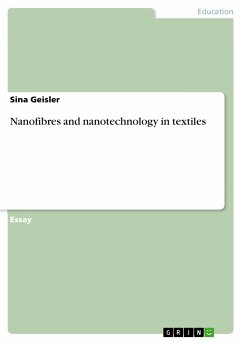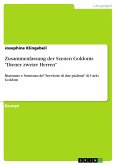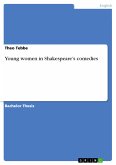Essay from the year 2008 in the subject English - Grammar, Style, Working Technique, grade: 2,0, Hamburg University of Applied Sciences, course: Fachenglisch, language: English, abstract: In former times, the European textile and clothing industry was one of the mainsprings of the industrialization and a significant branch of the economy. ...
Dieser Download kann aus rechtlichen Gründen nur mit Rechnungsadresse in A, B, BG, CY, CZ, D, DK, EW, E, FIN, F, GR, HR, H, IRL, I, LT, L, LR, M, NL, PL, P, R, S, SLO, SK ausgeliefert werden.









